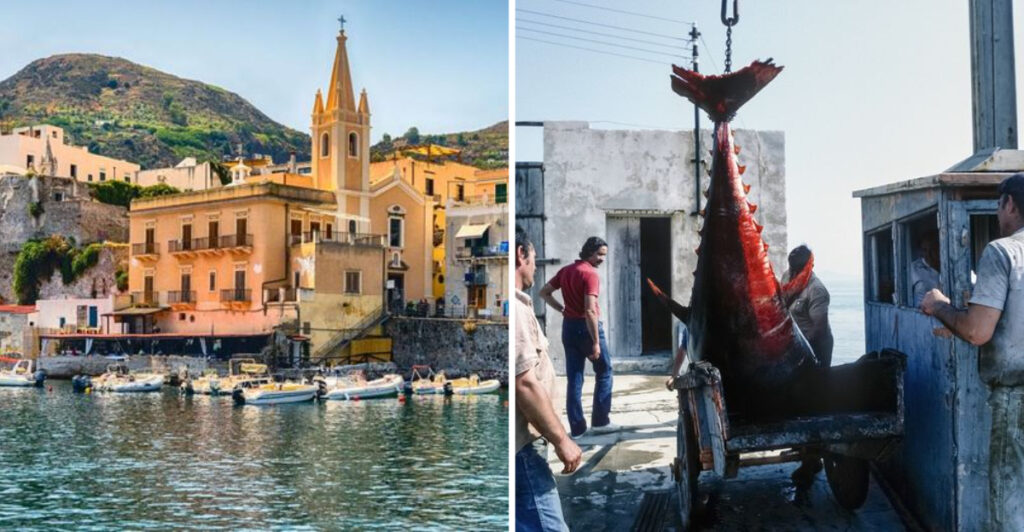The Italian islands are known for their breathtaking beauty, rich history, and vibrant culture. However, there are many surprising aspects about these islands that most people are unaware of. From unique traditions to hidden landscapes, these islands offer much more than meets the eye. This article delves into 15 real-life truths about the Italian islands that will alter your perception. Buckle up for an enlightening journey through these Mediterranean gems.
Sardinia’s Diverse Flora
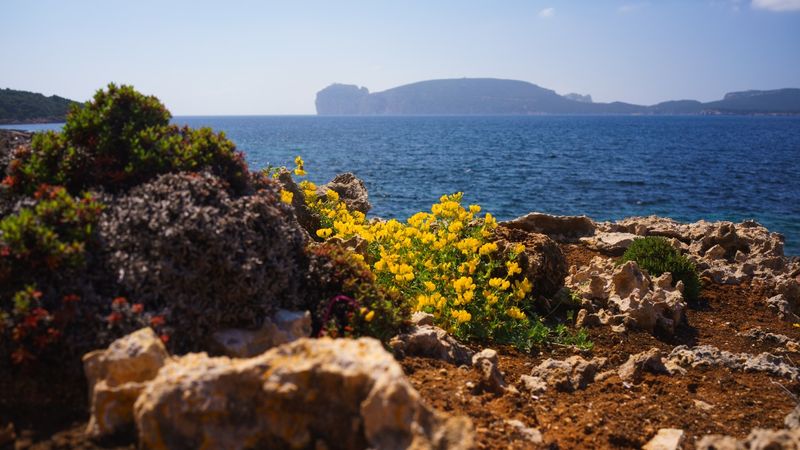
Sardinia isn’t just sandy beaches; it’s a botanical haven. With over 2,000 plant species, it boasts an extraordinary diversity. For instance, the island is home to rare plants like the Sardinian maquis, a type of dense Mediterranean scrubland.
Visitors can wander through pristine nature reserves and discover unique flora found nowhere else. Have you ever heard of the ‘Sardinian orchid’? It’s one of the endemic species that make this island a plant enthusiast’s dream.
Delving into the island’s botanical richness offers a fresh perspective on Sardinia’s natural beauty, beyond its famous coastline.
Sicily’s Volcanic Wonders
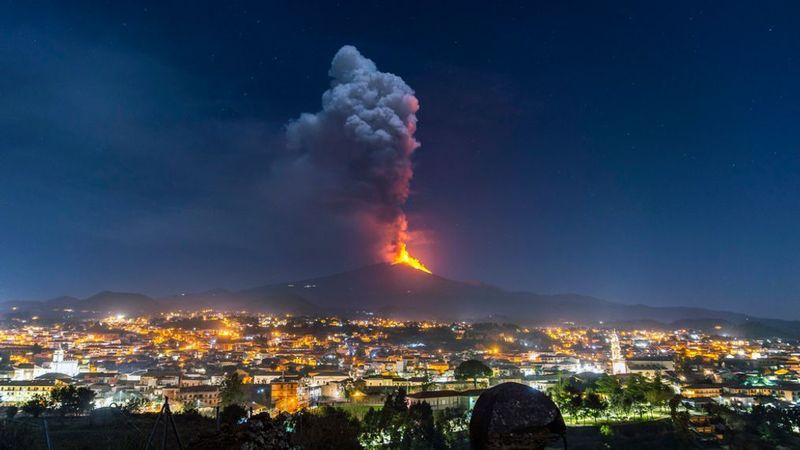
Mount Etna, Sicily’s towering giant, is Europe’s most active volcano. Its eruptions have shaped the landscape and the local way of life. The fertile volcanic soil supports lush vineyards and orchards, giving rise to distinctive Sicilian wines.
Adventurous travelers can explore Etna’s lunar-like terrain, dotted with craters and lava fields. Guided tours offer insights into the geology and history of this fiery mountain.
Legends abound, linking Etna to mythological tales. Its ever-present plume of smoke serves as a reminder of nature’s powerful force.
Capri’s Blue Grotto Mystique

Capri’s Blue Grotto enchants visitors with its surreal beauty. This sea cave boasts an otherworldly azure glow, created by sunlight passing through underwater cavities.
The grotto’s history dates back to Roman times, when it was believed to be a marine nymphs’ home. Today, it remains a must-see attraction for island visitors.
Accessing the grotto involves a thrilling boat ride through a narrow entrance. Once inside, the illuminated water creates a magical experience that lingers in memory. It’s a testament to nature’s artistic flair.
Elba’s Historical Legacy
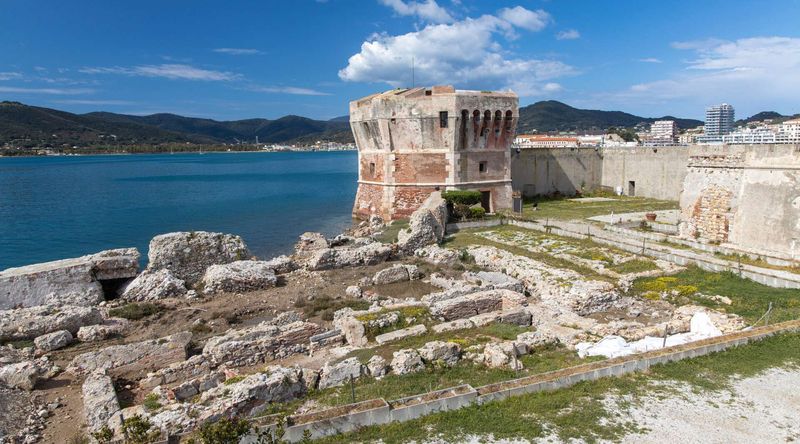
Elba, known for Napoleon’s exile, offers much more than history. The island’s past is woven into its landscapes, with remnants of ancient civilizations scattered across it.
Visitors can explore archaeological sites that tell stories of Etruscans, Romans, and even pirates. These historical layers provide a deeper understanding of the Mediterranean’s past.
Elba’s heritage is preserved not only in its monuments but in the local culture, where traditions continue to thrive. Its historical richness invites exploration and discovery.
Lipari’s Aeolian Charms
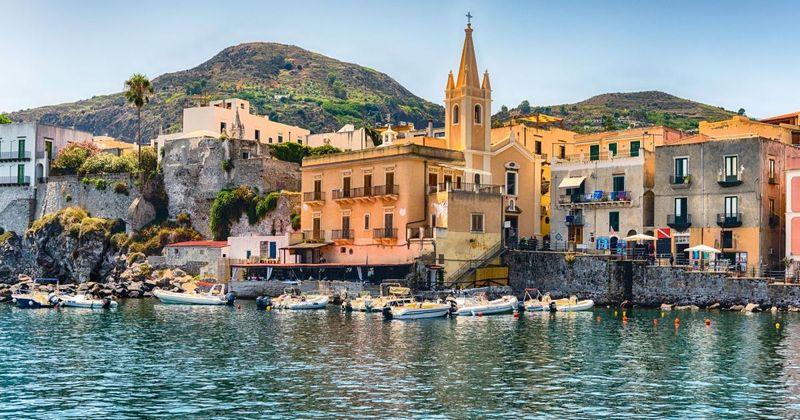
Lipari is the largest of the Aeolian Islands and offers distinct charm. Known for its picturesque landscapes, it captivates with contrasting black volcanic beaches and crystal-clear seas.
A stroll through Lipari’s streets reveals vibrant architecture and lively markets. The island’s unique blend of natural beauty and cultural vitality makes it a top destination in the region.
Historically, Lipari has been a hub for trade and culture, reflecting the diverse influences that have shaped it over time. It’s an island where history and modernity coexist harmoniously.
Pantelleria’s Hidden Hot Springs
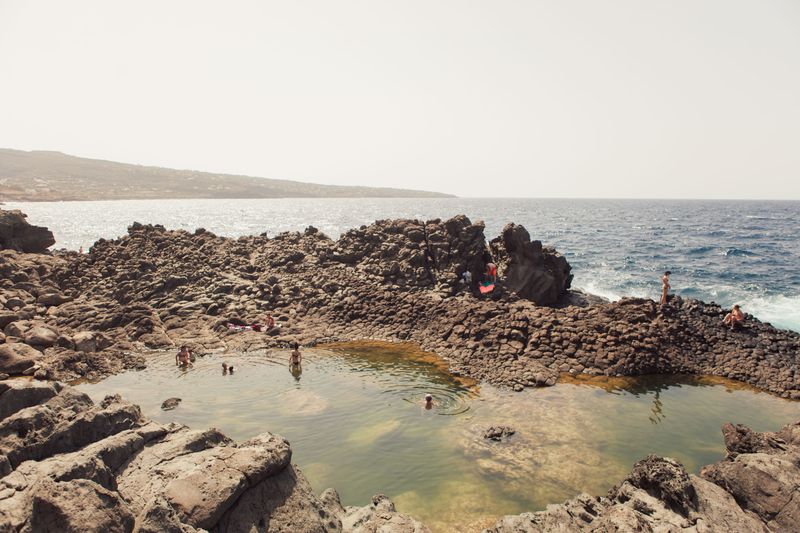
Pantelleria, nestled between Sicily and Tunisia, is a volcanic island with hidden treasures like natural hot springs. These geothermal wonders offer a unique relaxation experience amid rugged landscapes.
The island’s hot springs are secluded, providing a serene escape from the bustle of everyday life. Soaking in the mineral-rich waters is both rejuvenating and therapeutic.
Pantelleria’s hot springs are a reminder of the island’s volcanic origins, adding an element of intrigue to its already captivating allure. It’s a hidden gem waiting to be discovered.
Procida’s Pastel Panorama
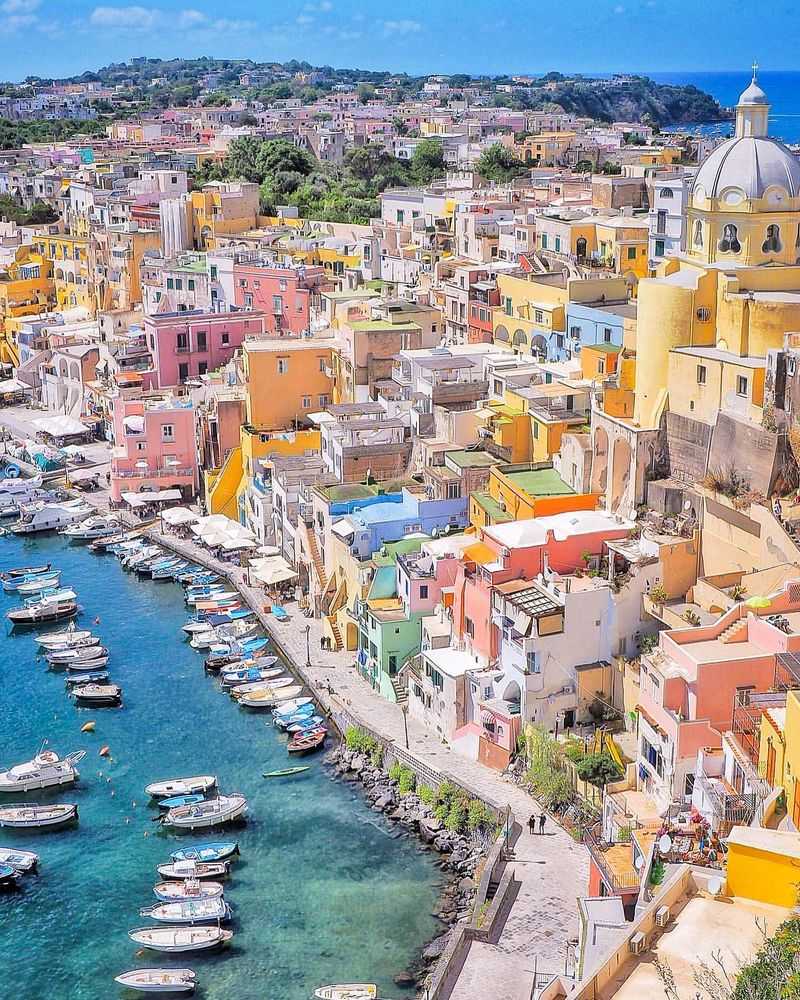
Procida’s vibrant pastel buildings create a striking panorama that delights visitors. This tiny island near Naples is famed for its picturesque charm, with houses painted in cheerful hues.
Strolling through its narrow streets is like stepping into a postcard. Procida’s lively atmosphere is enhanced by its bustling port and local eateries serving fresh seafood.
The island’s unique color palette has inspired artists and filmmakers alike, making it a popular backdrop for cinematic creations. Procida’s visual appeal is iconic and unforgettable.
Ischia’s Healing Waters
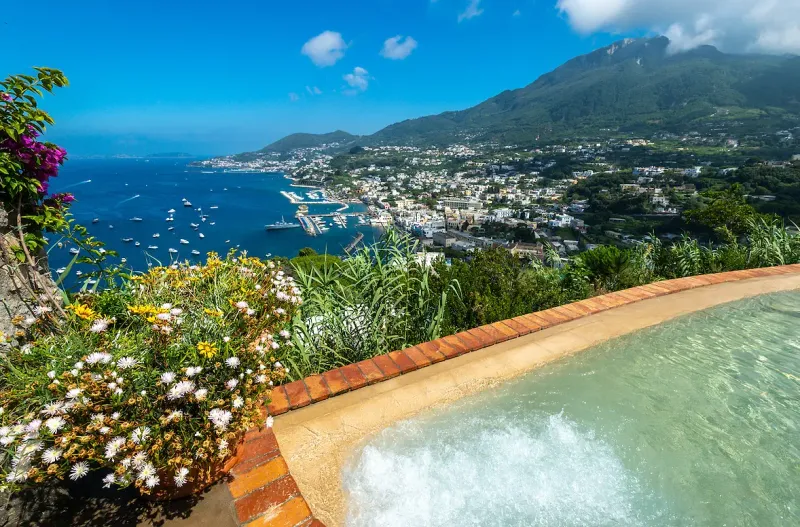
Ischia, the largest island in the Bay of Naples, is renowned for its thermal spas. These healing waters have attracted visitors seeking relaxation and rejuvenation for centuries.
The island’s volcanic activity heats its natural springs, offering therapeutic benefits believed to relieve ailments and improve well-being.
Ischia’s spa culture is complemented by its scenic landscapes, with gardens and beaches providing a serene backdrop. It’s a wellness paradise where nature and relaxation blend seamlessly.
Tavolara’s Unusual Monarchy
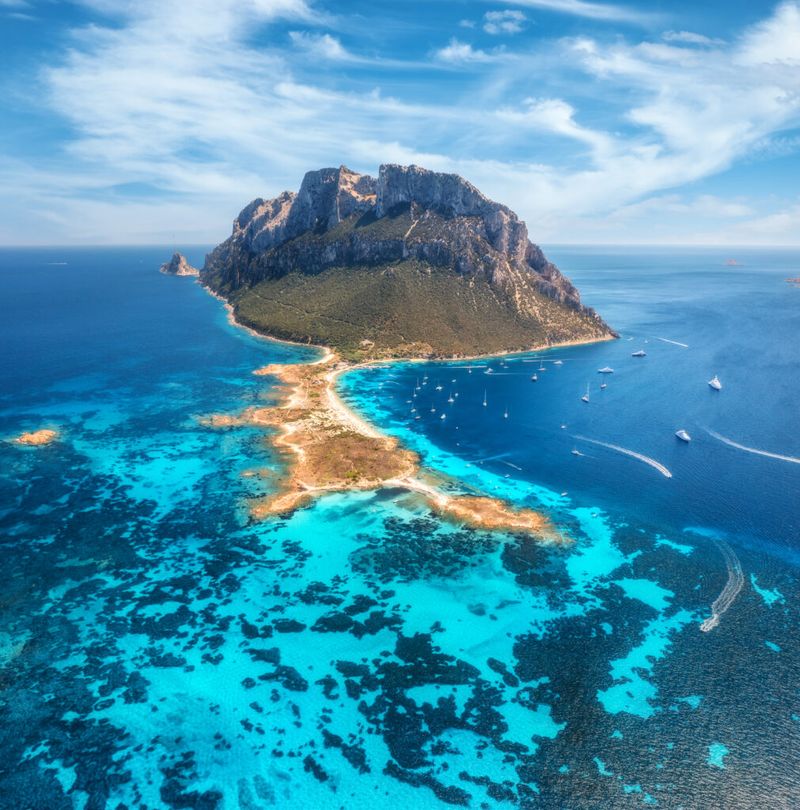
Tavolara, a tiny island off Sardinia’s coast, is known for its peculiar monarchy. It claims to be one of the world’s smallest kingdoms, with a royal family that traces its lineage back to a 19th-century shepherd.
This unusual sovereignty is a fascinating story of family legacy and local pride. Tavolara’s steep cliffs and clear waters add to its mystique, making it a captivating destination.
The island’s unique status is celebrated with an annual festival, drawing visitors curious about its royal past. Tavolara offers a quirky twist on traditional island tales.
Ponza’s Hidden Caves
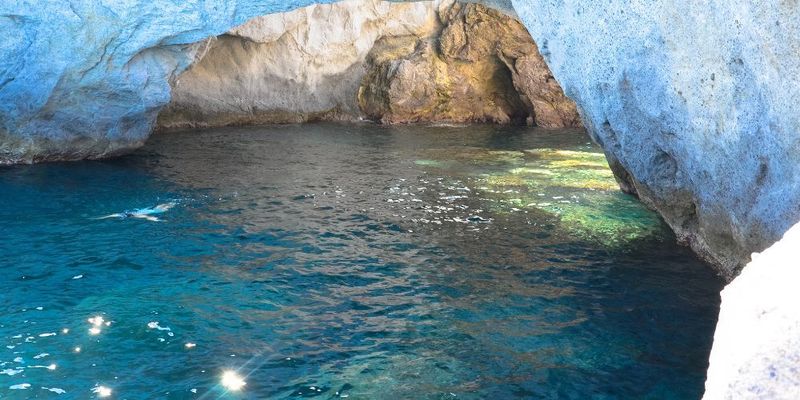
Ponza is famed for its hidden sea caves, offering an adventurous exploration for visitors. These captivating formations, carved by the sea, reveal stunning natural beauty.
Guided tours take you through winding passages and into chambers where sunlight dances on the water. Each cave has a story, adding to Ponza’s allure.
These geological wonders are a must-see for nature enthusiasts. Ponza’s caves are not just beautiful; they are a testament to the island’s dynamic relationship with the sea.
Ustica’s Marine Reserve
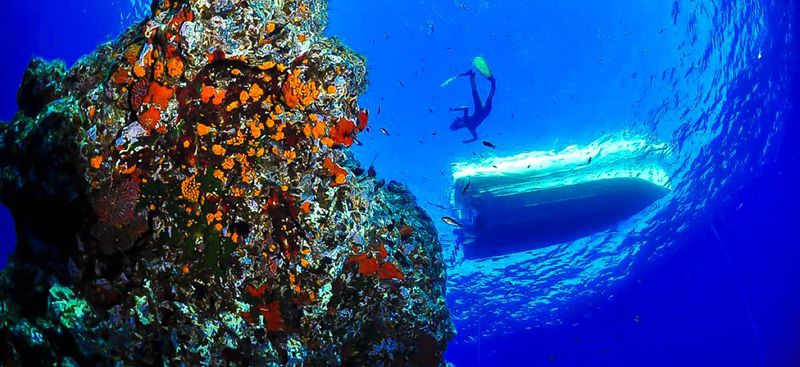
Ustica is a diver’s paradise, renowned for its marine reserve. The island’s crystal-clear waters teeming with colorful fish and coral reefs are a sight to behold.
Diving enthusiasts flock to Ustica to experience underwater landscapes brimming with life. The protected status ensures the marine ecosystem thrives, making it a top spot for biodiversity.
Ustica’s underwater world is a testament to the island’s commitment to conservation. It’s an unspoiled haven that captivates those who venture beneath the waves.
Filicudi’s Ancient Villages

Filicudi, part of the Aeolian Islands, is steeped in history. Ancient villages dot its landscape, telling tales of bygone eras.
Exploring these ruins offers a glimpse into the island’s past, from prehistoric settlements to later civilizations. The island’s rugged terrain adds to the mystique of these historical sites.
Filicudi’s ancient villages are a journey through time, providing insight into human resilience and adaptation. They are a reminder of the island’s rich cultural heritage.
Lampedusa’s Turtle Sanctuary

Lampedusa, closer to Africa than Italy, is home to a vital turtle sanctuary. This island plays a crucial role in the conservation of the endangered Loggerhead turtles.
Visitors can learn about the efforts to protect these majestic creatures and even witness hatchlings making their way to the sea. It’s an inspiring experience that underscores the importance of conservation.
Lampedusa’s sanctuary is not only about turtles but reflects the island’s commitment to preserving its natural heritage. It’s a place where wildlife thrives against the odds.
Favignana’s Tuna Tradition
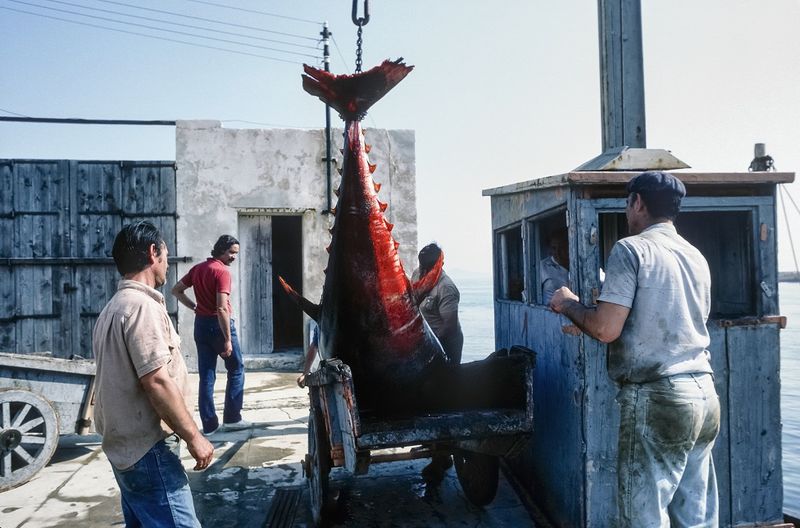
Favignana, in the Aegadian Islands, is renowned for its tuna fishing tradition. The ‘mattanza’ is an ancient practice that has sustained local communities for generations.
During the season, visitors can witness this ritual, which involves skilled fishermen and intricate net systems. It’s a cultural spectacle that highlights the island’s deep connection to the sea.
Favignana’s tuna fishing is not just a livelihood but a way of life, deeply rooted in its identity. The island’s culinary scene celebrates tuna, offering dishes that delight the palate.
Ventotene’s Roman Ruins
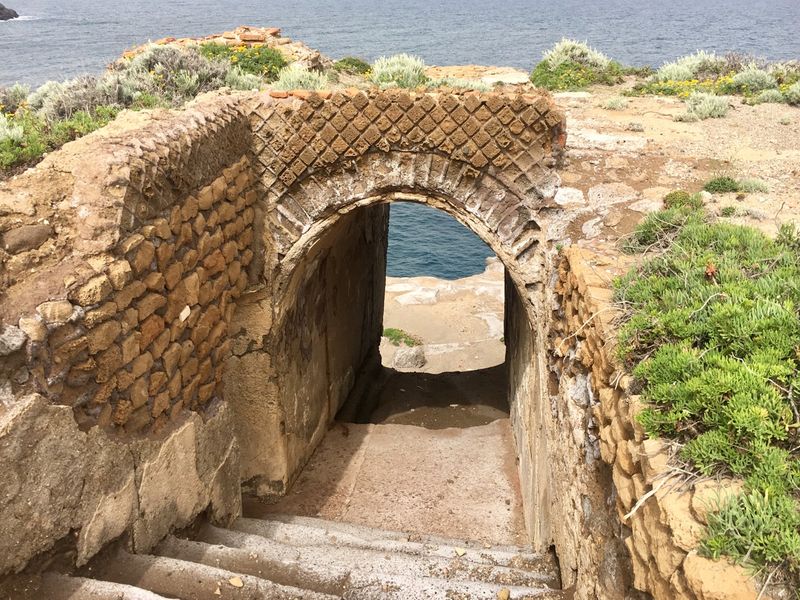
Ventotene, a small island with a big history, boasts impressive Roman ruins. Once a place of exile, it now offers a window into ancient Rome’s grandeur.
Archaeological sites reveal the island’s past, from villas to cisterns. Walking among the ruins evokes a sense of connection to history.
Ventotene’s historical significance is matched by its natural beauty, making it a destination where past and present blend seamlessly. It’s an island that invites exploration and reflection.

